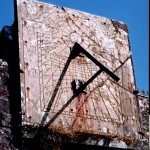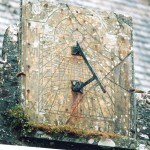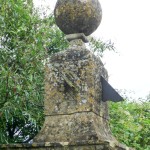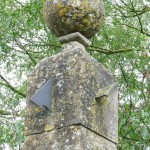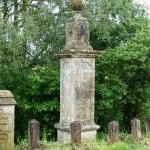As part of its educational activities the BSS is participating in an Ancient Astronomy day being run by the Iris Project in Oxford on 20th January.
Chris Williams will be presenting the theory and usage of Greek and Roman dials and David Brown will be leading practical exercises which will result in over 100 pupils from year 7 upwards making their own dials. More information in this Oxford Mail article, although the picture of an armillary sphere and reference to an orrery are both misleading – pupils will be making a hemicyclium dial (the small, cardboard version!):

We plan to record the day so photos, videos and even the model plans to follow.
UPDATE: Local interest is growing: the Oxford Times has devoted half its front page to the event but regrettably their write-up is also confused about dials and orreries.
